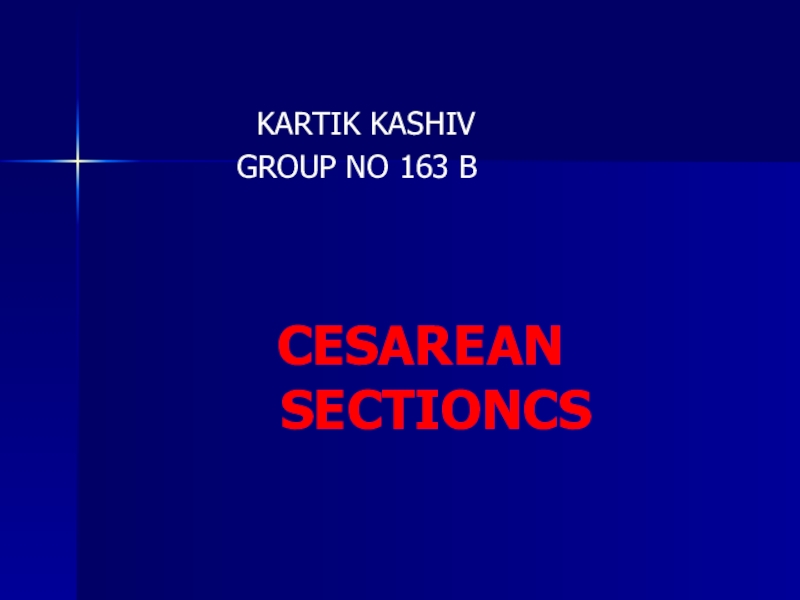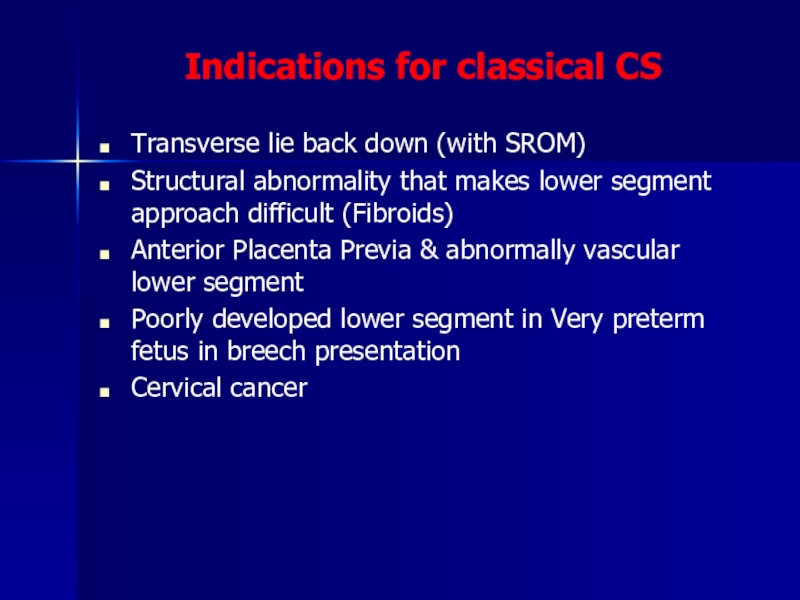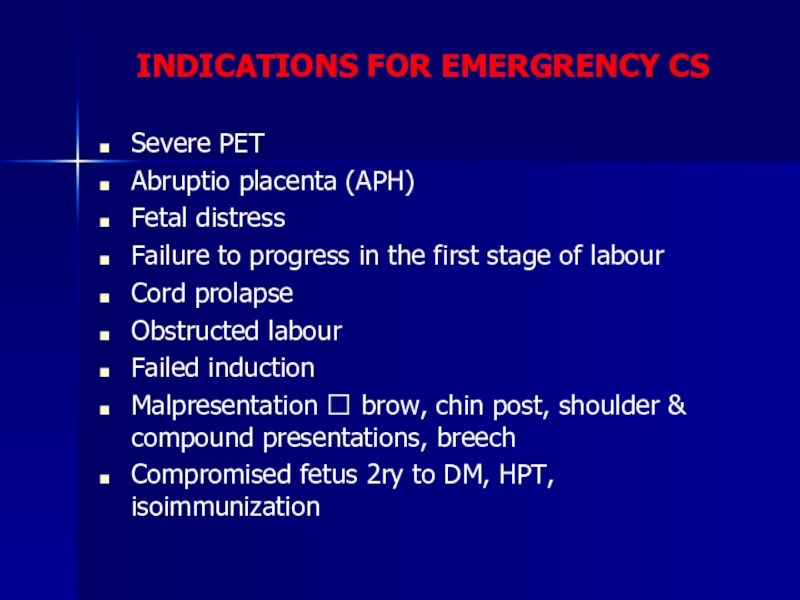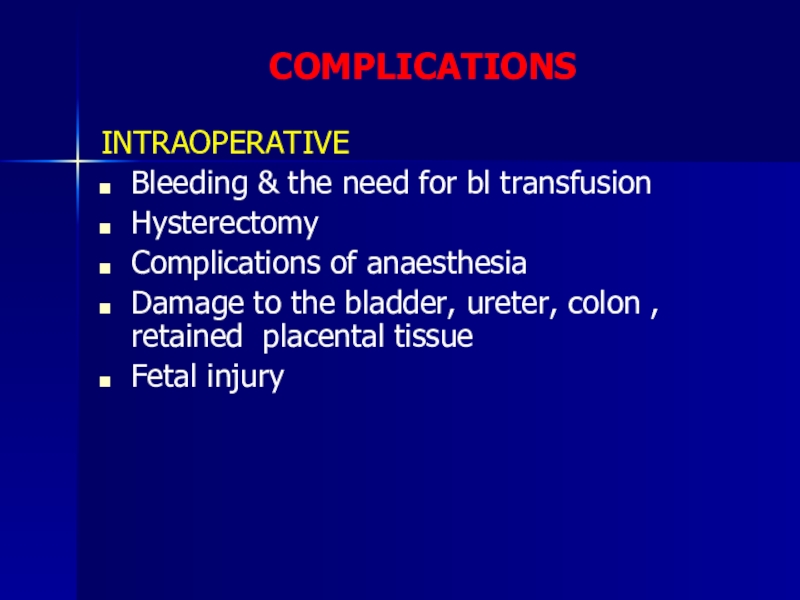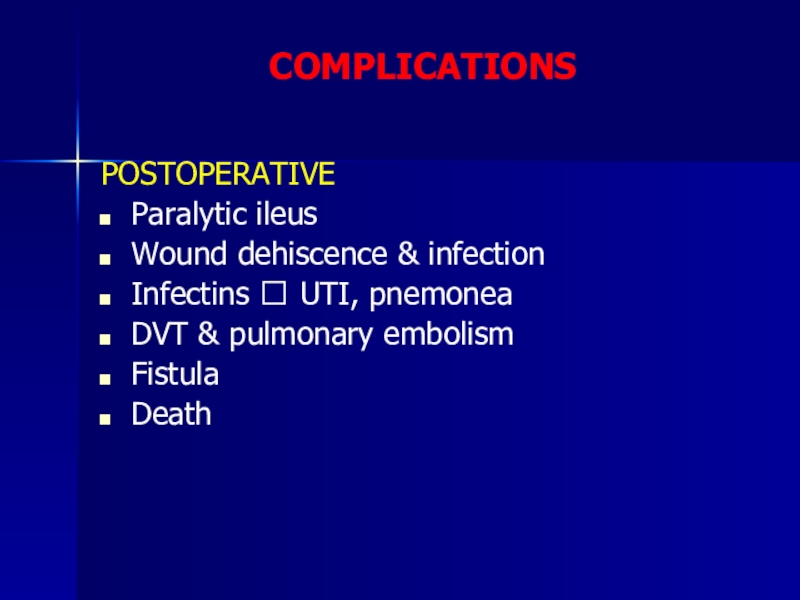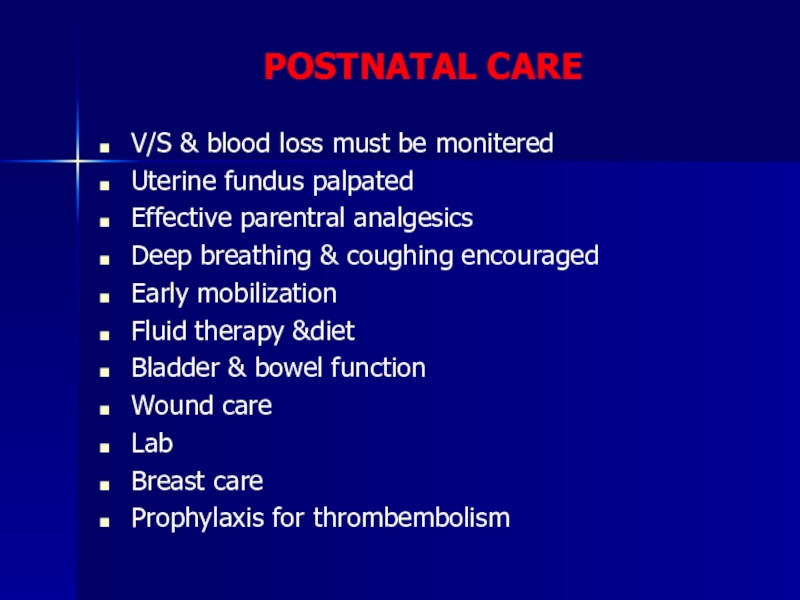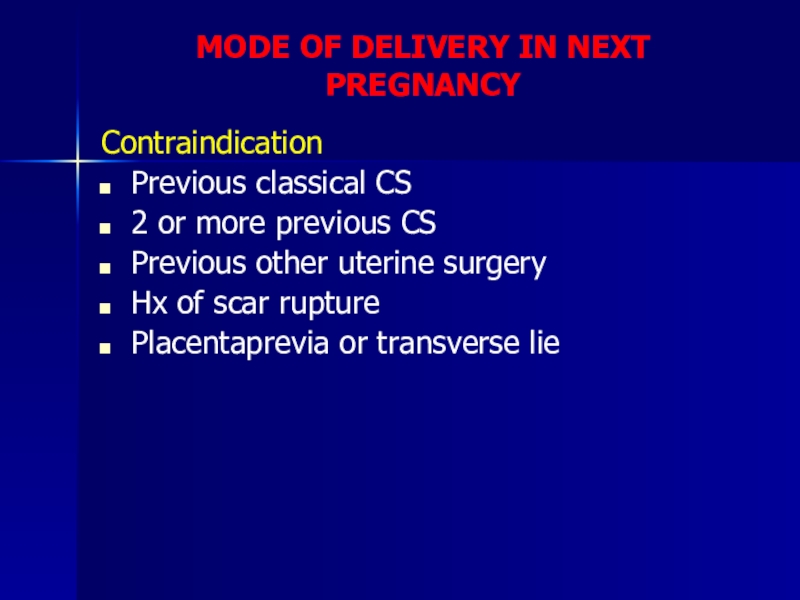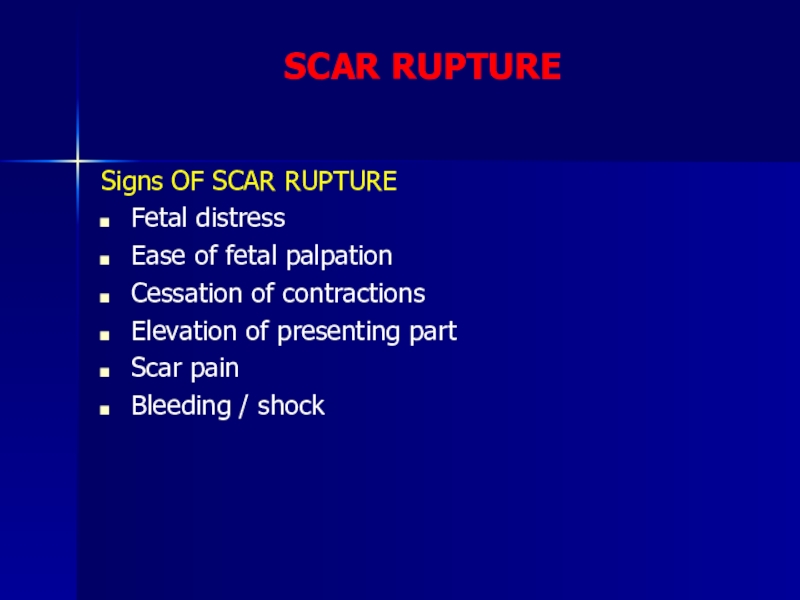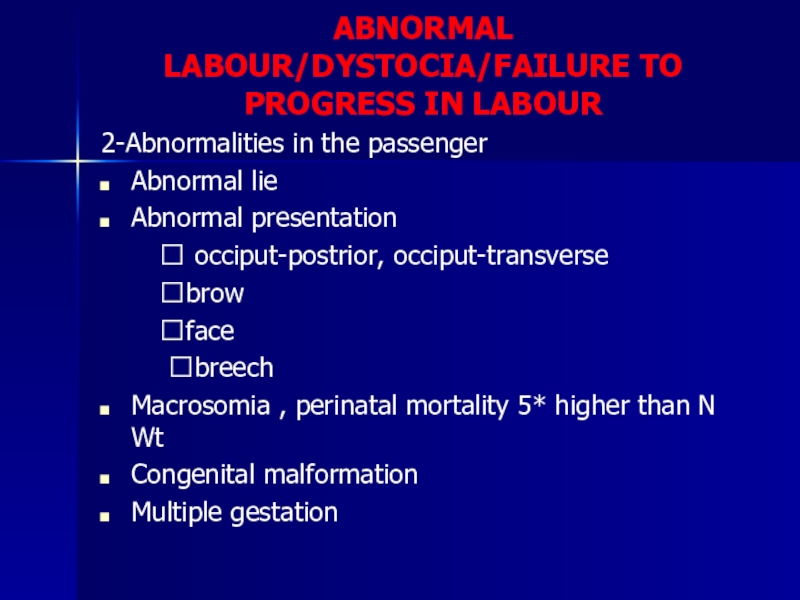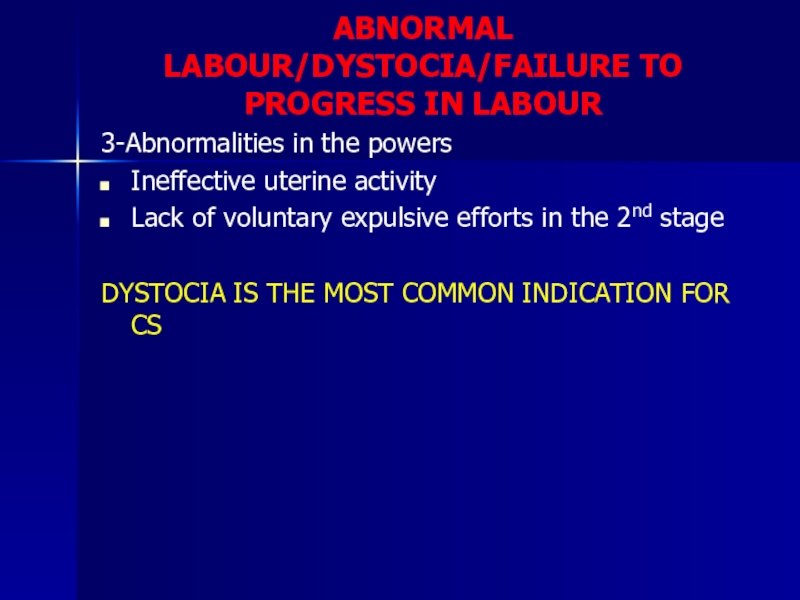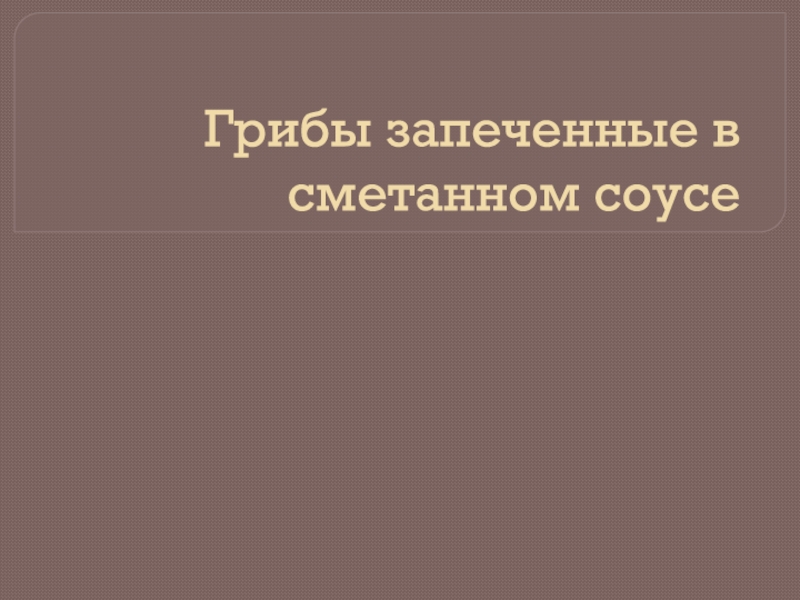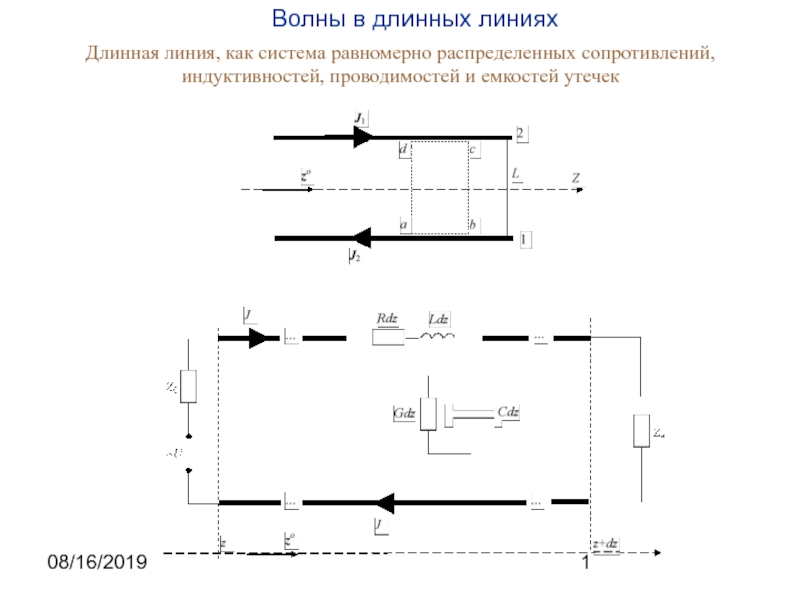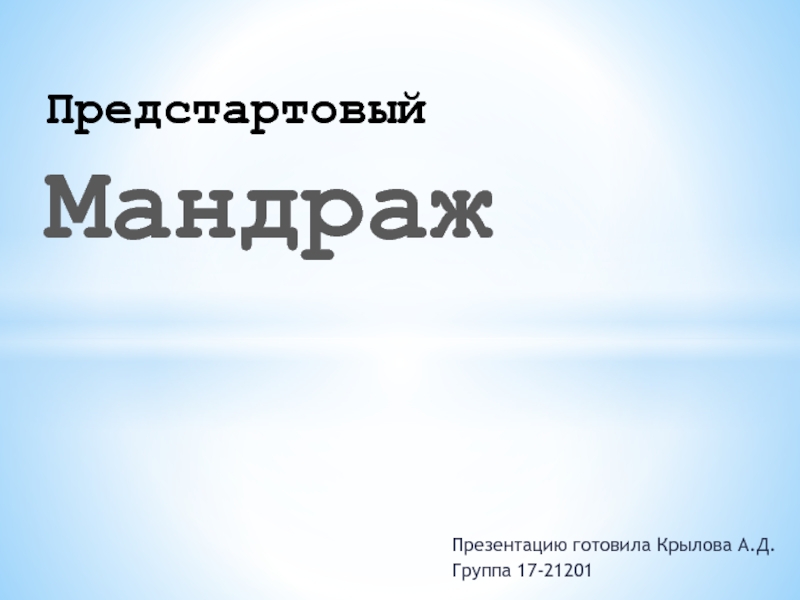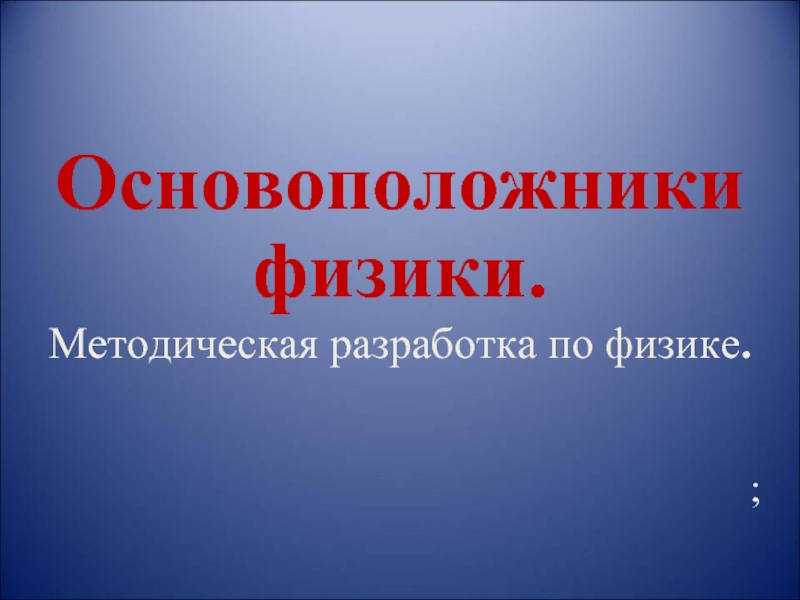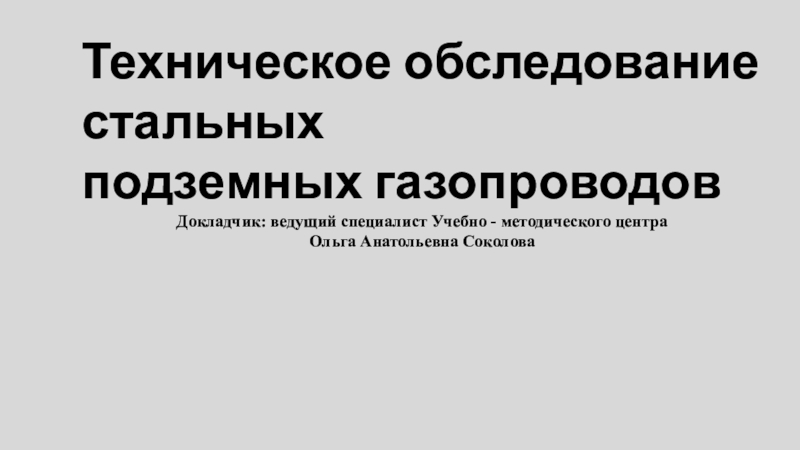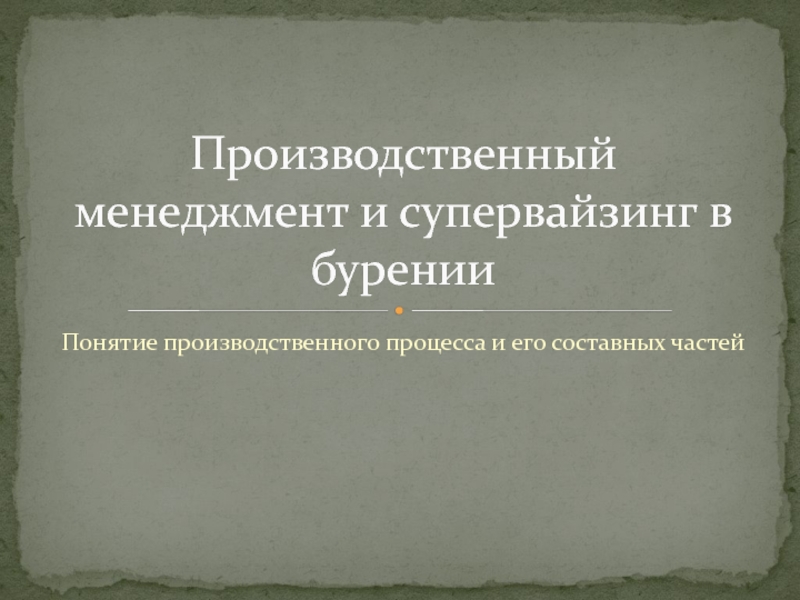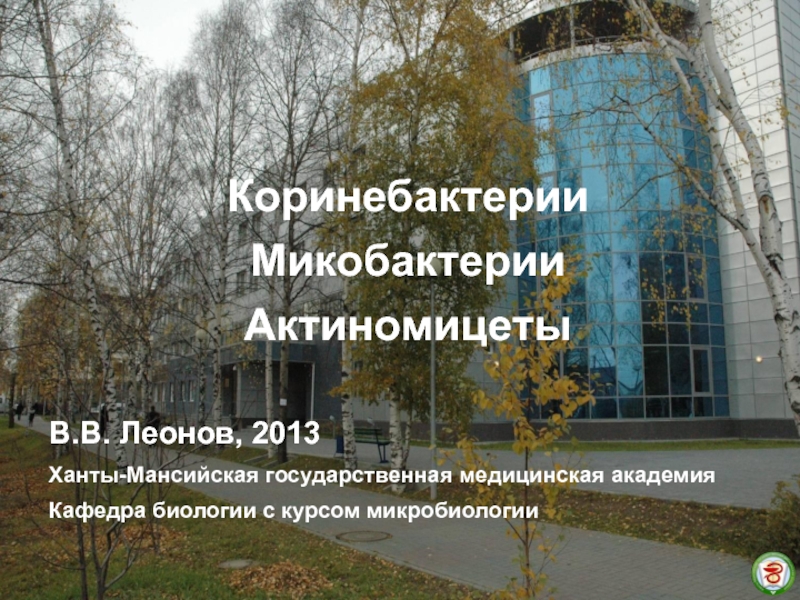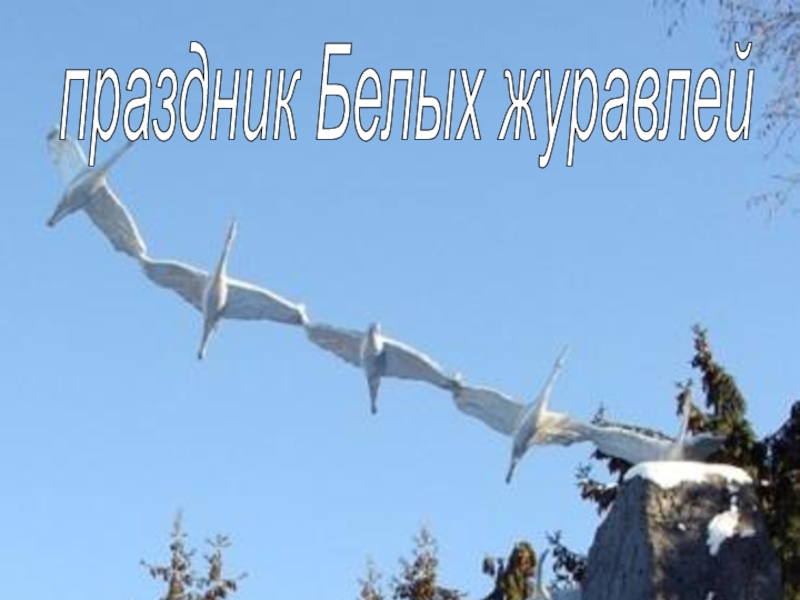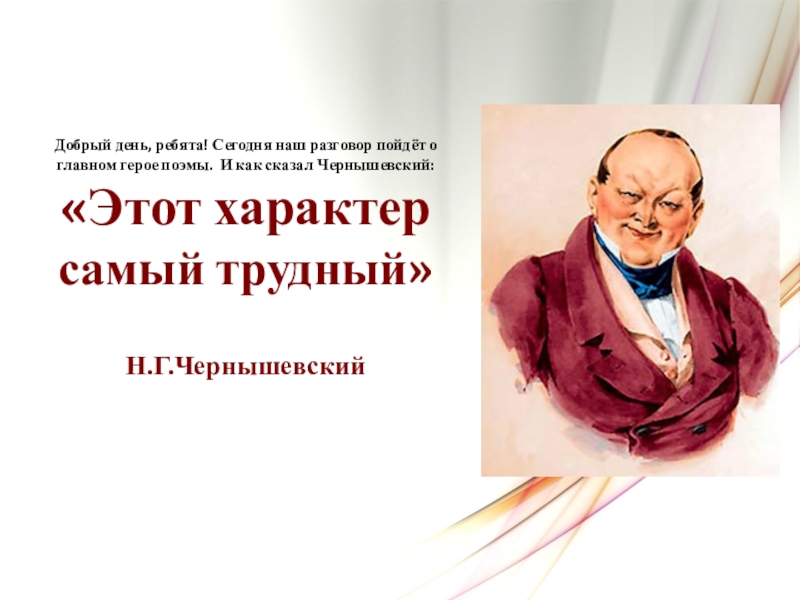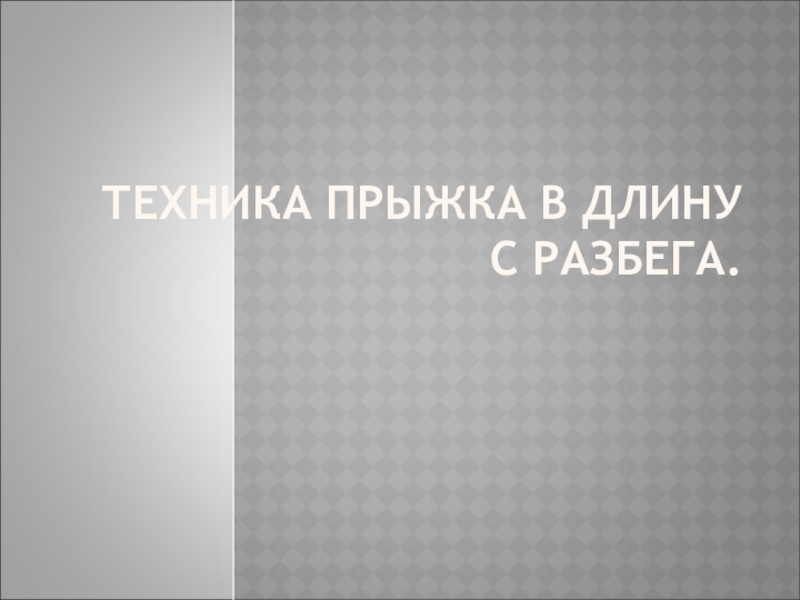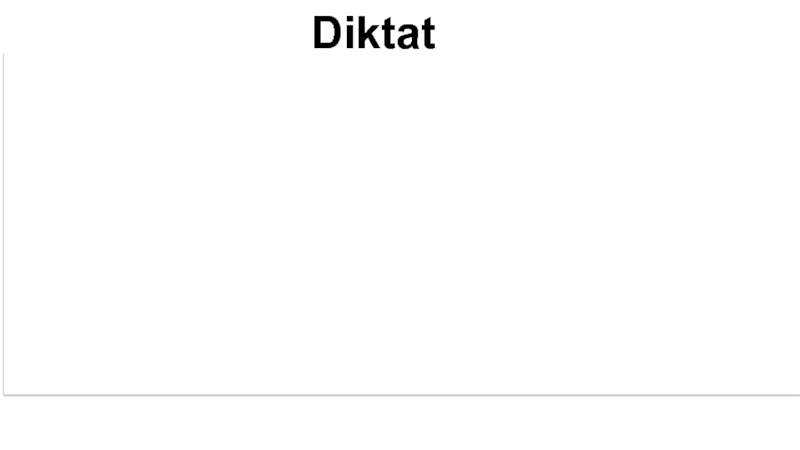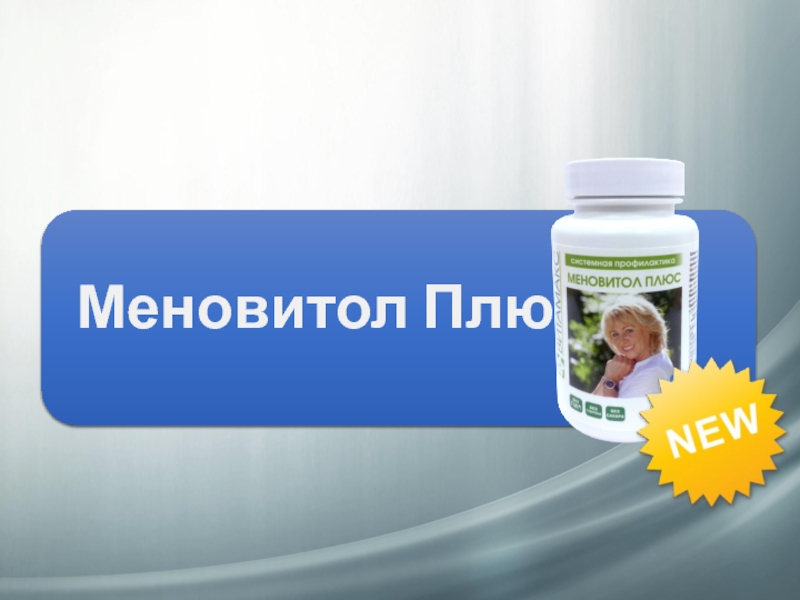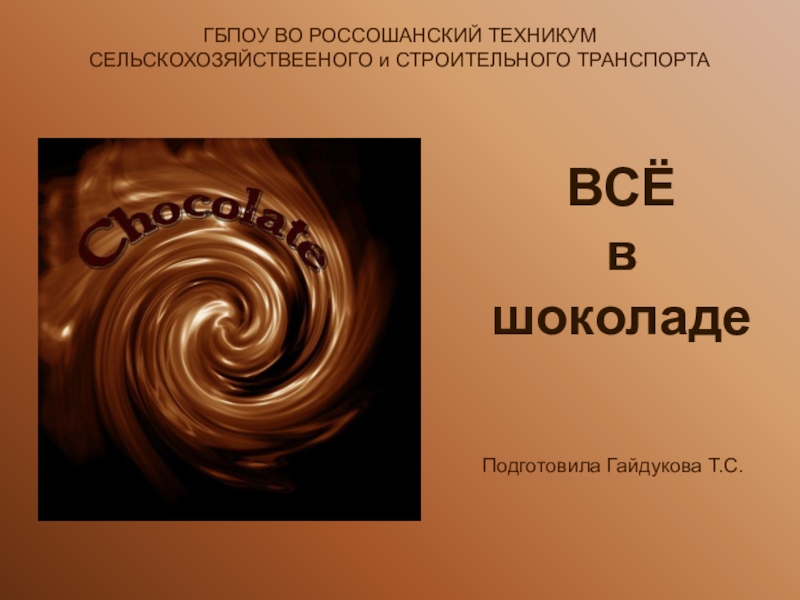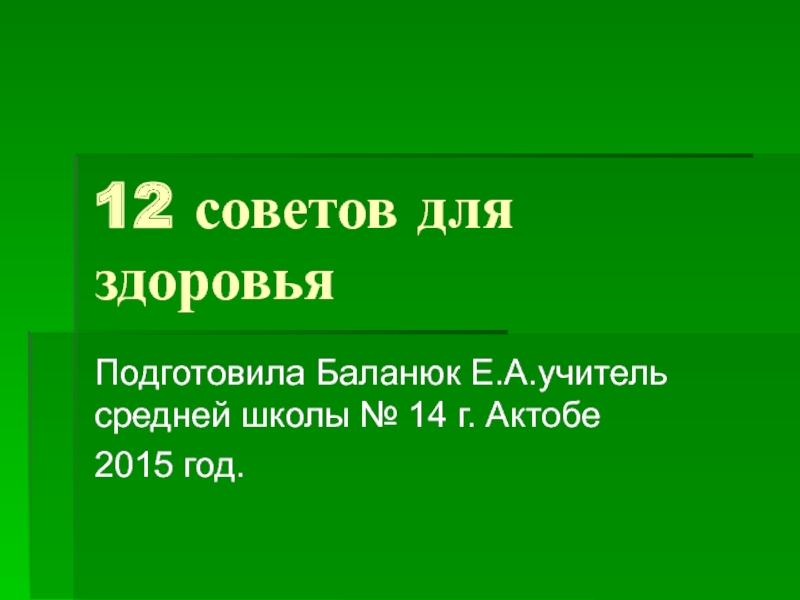Разделы презентаций
- Разное
- Английский язык
- Астрономия
- Алгебра
- Биология
- География
- Геометрия
- Детские презентации
- Информатика
- История
- Литература
- Математика
- Медицина
- Менеджмент
- Музыка
- МХК
- Немецкий язык
- ОБЖ
- Обществознание
- Окружающий мир
- Педагогика
- Русский язык
- Технология
- Физика
- Философия
- Химия
- Шаблоны, картинки для презентаций
- Экология
- Экономика
- Юриспруденция
CESAREAN SECTIONCS
Содержание
- 1. CESAREAN SECTIONCS
- 2. CESAREAN SECTION CsGhadeer Al-Shaikh, MD, FRCSCAssistant Professor & ConsultantObstetrics & GynecologyUrogynecology & Pelvic Reconstructive Surgery
- 3. TYPES OF CSLower segment CSClassical CS
- 4. Indications for classical CSTransverse lie back down
- 5. INDICATIONS FOR ELECTIVE CSRepeat CSPlacenta previaVV fistula
- 6. INDICATIONS FOR EMERGRENCY CSSevere PETAbruptio placenta (APH)Fetal
- 7. TIMING OF ELECTIVE CSUsually at 38-39 wks
- 8. Before Emergency CSExplain to the Pt &
- 9. Catheterize the bladder Tilt the mother 15
- 10. COMPLICATIONS INTRAOPERATIVEBleeding & the need for bl
- 11. COMPLICATIONS POSTOPERATIVE Paralytic ileusWound dehiscence & infectionInfectins UTI, pnemoneaDVT & pulmonary embolismFistulaDeath
- 12. POSTNATAL CAREV/S & blood loss must be
- 13. MODE OF DELIVERY IN NEXT PREGNANCYCRITERIA FOR
- 14. MODE OF DELIVERY IN NEXT PREGNANCYContraindicationPrevious classical
- 15. CONDUCT OF LABOURObserve forProgressFetal wellbeingMaternal well beingEpidural
- 16. Risk of SCAR RUPTUREO.5% for LSCS4-9% for classical
- 17. SCAR RUPTURESigns OF SCAR RUPTUREFetal distressEase of
- 18. ABNORMAL LABOUR/DYSTOCIA/FAILURE TO PROGRESS IN LABOURCAUSES1-Abnormalities of
- 19. ABNORMAL LABOUR/DYSTOCIA/FAILURE TO PROGRESS IN LABOUR2-Abnormalities in
- 20. ABNORMAL LABOUR/DYSTOCIA/FAILURE TO PROGRESS IN LABOUR3-Abnormalities in
- 21. Скачать презентанцию
CESAREAN SECTION CsGhadeer Al-Shaikh, MD, FRCSCAssistant Professor & ConsultantObstetrics & GynecologyUrogynecology & Pelvic Reconstructive Surgery
Слайды и текст этой презентации
Слайд 2 CESAREAN SECTION Cs
Ghadeer Al-Shaikh, MD, FRCSC
Assistant Professor & Consultant
Obstetrics
& Gynecology
Urogynecology & Pelvic Reconstructive Surgery
Слайд 4Indications for classical CS
Transverse lie back down (with SROM)
Structural abnormality
that makes lower segment approach difficult (Fibroids)
Anterior Placenta Previa &
abnormally vascular lower segmentPoorly developed lower segment in Very preterm fetus in breech presentation
Cervical cancer
Слайд 5INDICATIONS FOR ELECTIVE CS
Repeat CS
Placenta previa
VV fistula repair
HIV (poor controlled)
Active
herpes
Fetal macrosomia > 4500 gm
Uterine surgery eg. Hystrotomy, myomectomy
Severe IUGR
Breech
Multiple pregnancy
Transverse lie
Ca of the Cx/ TR obstructing the birth canal
Слайд 6INDICATIONS FOR EMERGRENCY CS
Severe PET
Abruptio placenta (APH)
Fetal distress
Failure to progress
in the first stage of labour
Cord prolapse
Obstructed labour
Failed induction
Malpresentation
brow, chin post, shoulder & compound presentations, breechCompromised fetus 2ry to DM, HPT, isoimmunization
Слайд 8Before Emergency CS
Explain to the Pt & husband & obtain
consent
Inform anesthetist, OR staff, ped
100% oxygen mask in case
of fetal distressSodium citrate 20 ml , metoclopramide 10 mg IV
Transfer to the theatre, IV , take blood for Hb, x-match 2 U of blood
Preferable to use spinal or epidural anaethesia
Слайд 9Catheterize the bladder
Tilt the mother 15 º by using
wedge
Pneumatic inflatable boots or Ted stockings
Prophylactic Ab ↓↓ incidence of
infectionInform ped if the mother had opiates in the last 4 hrs
Halothane should not be used uterine relaxation & bleeding
Слайд 10COMPLICATIONS
INTRAOPERATIVE
Bleeding & the need for bl transfusion
Hysterectomy
Complications of anaesthesia
Damage
to the bladder, ureter, colon , retained placental tissue
Fetal injury
Слайд 11COMPLICATIONS
POSTOPERATIVE
Paralytic ileus
Wound dehiscence & infection
Infectins UTI, pnemonea
DVT
& pulmonary embolism
Fistula
Death
Слайд 12POSTNATAL CARE
V/S & blood loss must be monitered
Uterine fundus palpated
Effective parentral analgesics
Deep breathing & coughing encouraged
Early mobilization
Fluid therapy &diet
Bladder
& bowel functionWound care
Lab
Breast care
Prophylaxis for thrombembolism
Слайд 13MODE OF DELIVERY IN NEXT PREGNANCY
CRITERIA FOR VBAC
Pt must agree
to the procedure
A low transverse uterine incision
Non recurrent cause of
the previous CSNo macrosomia, malposition, multiple gestation, breech
Слайд 14MODE OF DELIVERY IN NEXT PREGNANCY
Contraindication
Previous classical CS
2 or more
previous CS
Previous other uterine surgery
Hx of scar rupture
Placentaprevia or transverse
lieСлайд 15CONDUCT OF LABOUR
Observe for
Progress
Fetal wellbeing
Maternal well being
Epidural
HOSPITAL SHOULD PROVIDE
BLOOD , OPERATING ROOM 24 HRS, NEONATAL RESUSCITATION, NURSING ANAESTHESIA
&SURGICAL PERSONNEL CAN START CS WITHIN 30 MINСлайд 17SCAR RUPTURE
Signs OF SCAR RUPTURE
Fetal distress
Ease of fetal palpation
Cessation of
contractions
Elevation of presenting part
Scar pain
Bleeding / shock
Слайд 18ABNORMAL LABOUR/DYSTOCIA/FAILURE TO PROGRESS IN LABOUR
CAUSES
1-Abnormalities of the pasage
Alteration
in the shape of the pelvis
Mass occupying the birth canal
Слайд 19ABNORMAL LABOUR/DYSTOCIA/FAILURE TO PROGRESS IN LABOUR
2-Abnormalities in the passenger
Abnormal lie
Abnormal presentation
occiput-postrior, occiput-transverse
browface
breech
Macrosomia , perinatal mortality 5* higher than N Wt
Congenital malformation
Multiple gestation
